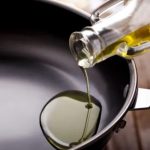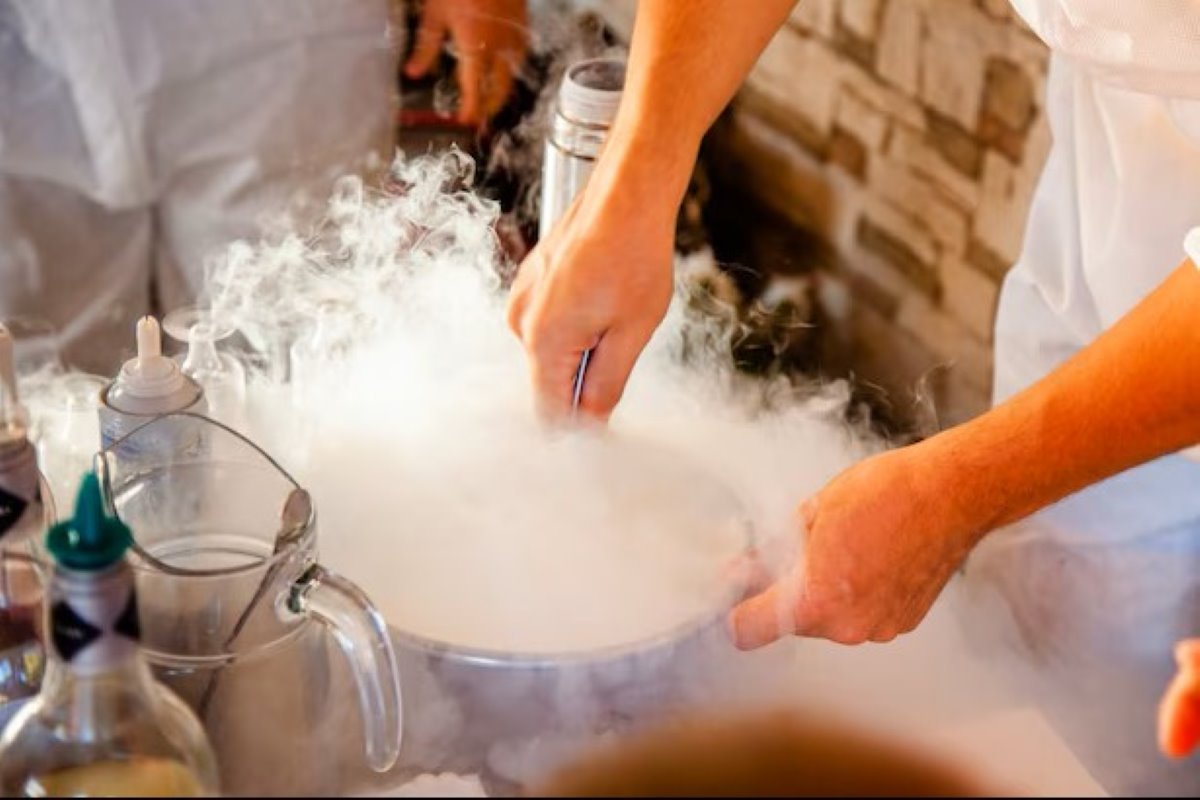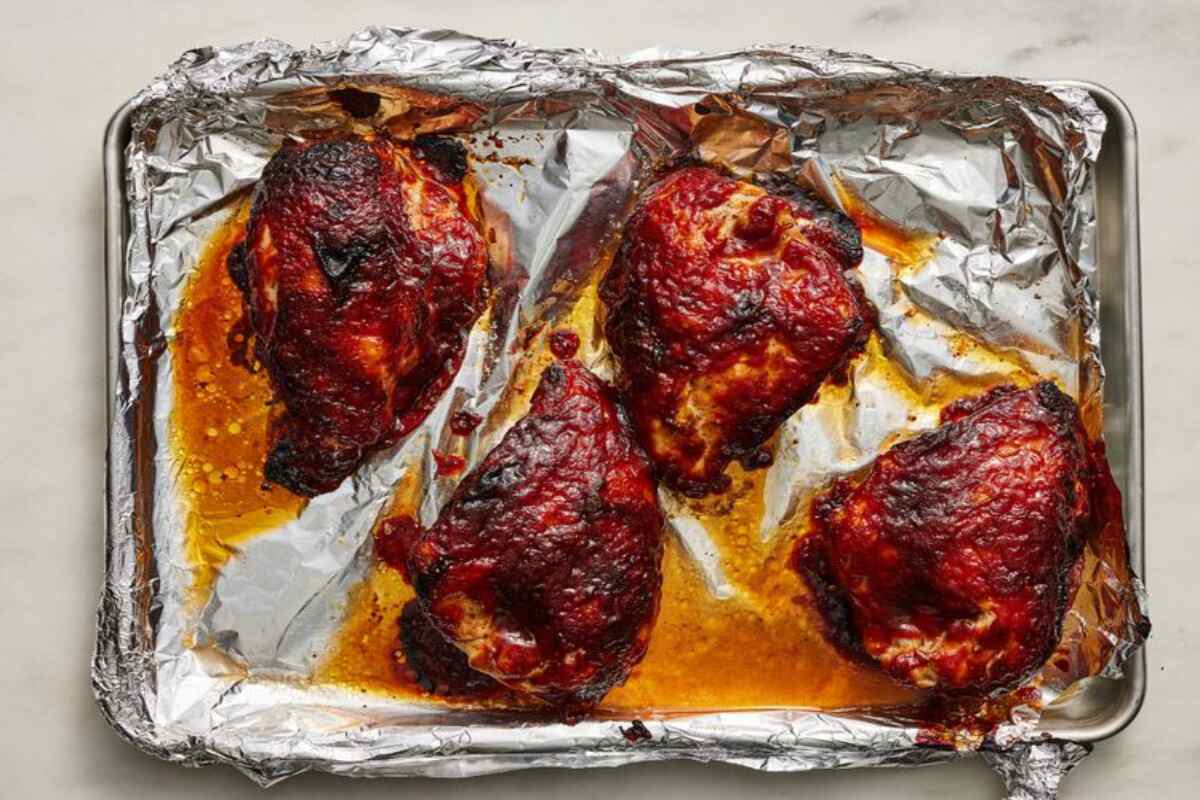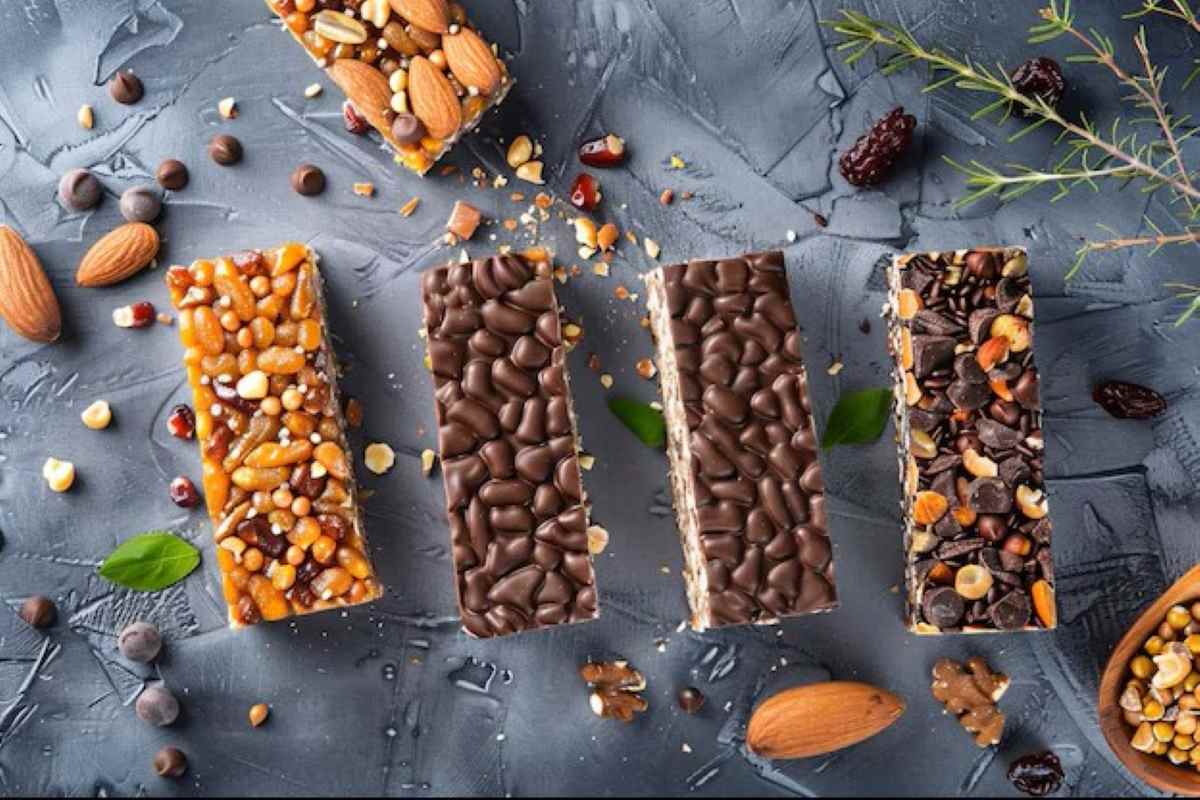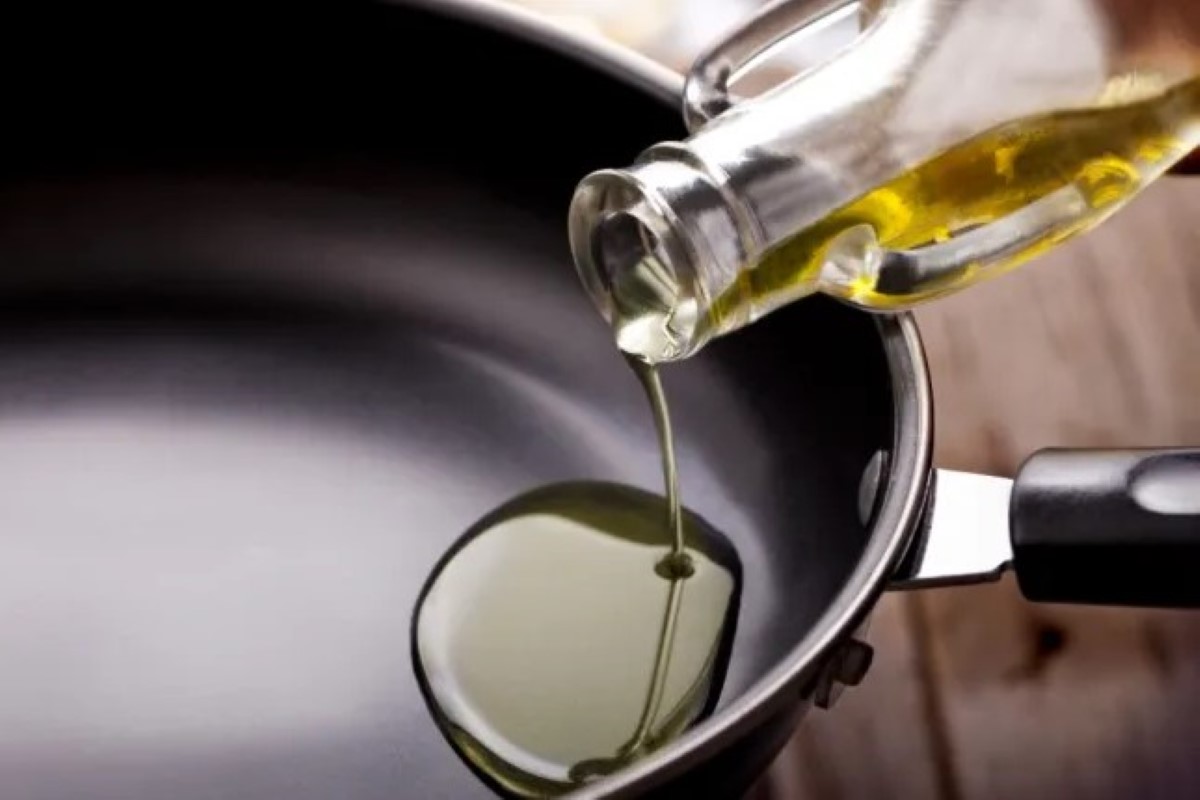Many people have mentally fiddled with the mystery of why leftovers taste better. For example, you may have noticed that yesterday’s stew tastes even more amazing today. Only a few people think anything of it or try to find an explanation for this leftover taste phenomenon.
The passage of time always causes changes in the chemical makeup of food—sometimes for the worse, but more often for the better. This offers a sneak peek at the reheating science that explains why stew tastes better the next day.
As we mentioned earlier, not all foods improve in flavor over time. This piece will spotlight the cues to look out for to identify products that undergo food flavor development and the science behind it.
What Happens to Flavor Over Time and Why Leftovers Taste Better
During the cooking or processing of raw food materials into shelf-stable and edible variants, several chemical modifications occur that cause flavor changes. However, even after cooking, the chemical changes in food do not stop. For example, a slab of meat will undergo flavor absorption overnight if left to sit in stew. This is one of the many food resting time benefits.
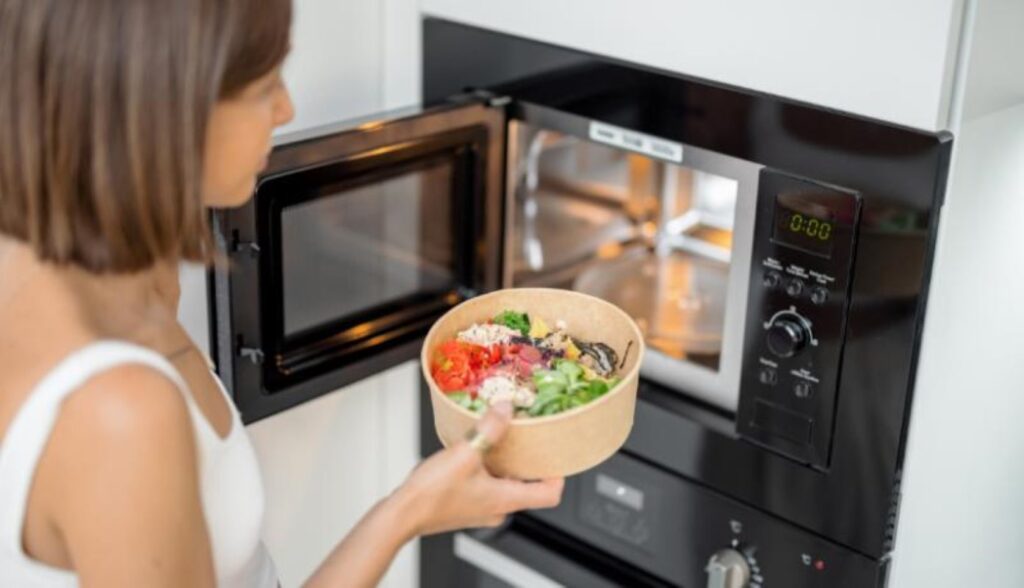
For cooked meals, flavor aging in food becomes more prominent when several ingredients enter the preparation. To understand stew flavor chemistry better, it is essential to identify the ingredients that go into the formulation. Giving the stew time to age will enable flavor diffusion, thorough mixing and uniformity of the constituent ingredients.
In effect, giving the dish time to rest permits the breakdown of flavor compounds, and allows the components to mix and mellow.
ALSO READ: Food Waste in Restaurants: What’s Being Done About It?
The Role of Fat, Acid, and Spices
Next time you prepare curry, soup or stew, endeavor to monitor how the flavor improves over time. Reheating science tells us that the intense mingling of ingredients explains why stew tastes better next day.
Also, it is worth noting that flavor compounds in food ingredients and spices are mostly fat-soluble. This means these flavour compounds bloom easily over time as they sip into the fatty components of the dish. Also, research has established that having fat deposits on the tongue causes flavor compounds to linger a bit longer, and makes the consumer enjoy the food’s umami.
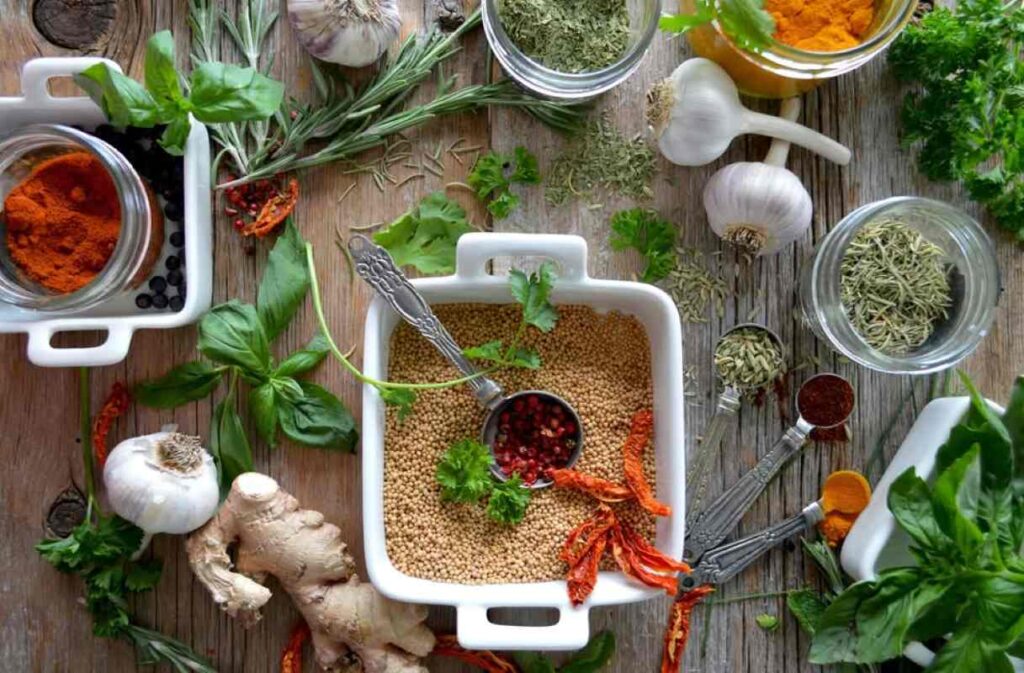
Foods materials, or dishes with high-acid content, like vinegar, tomatoes, citrus juices, etc., make flavor integration and flavor aging in food more prominent. Fermented foods are rich in acetic acid, while juices, stews, curries and smoothies are often rich in alcohols. Meanwhile, these alcohols and acids are organic solvents that aid food flavor absorption overnight.
So, it is hardly surprising that some chefs spike their recipes with wine or vinegar. This singular act makes the flavor profile of spices and other ingredients bloom, even more so when the dish is allowed some time to rest.
Moisture Redistribution and Texture
We have just established why stew tastes better next day. However, there’s more to why leftovers taste better than stew flavor chemistry. This would be a great point to consider the food resting time benefits and reheated food science as a synergistic force.
Here, dishes containing meat or grains are in focus. These kinds of dishes get better with time; in fact, this is the key to getting tender meat through marination. You may have noticed that chefs make incisions on fish or meat cuts before marinating. The goal is to allow the sauce and spices to thoroughly penetrate the meat or fillet tissues.
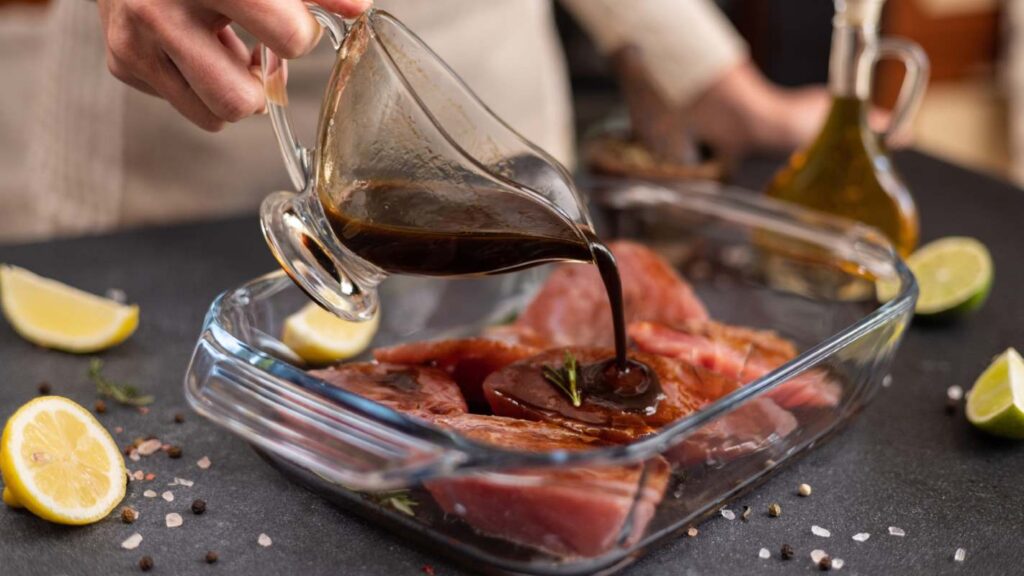
With grains, anyone with some culinary experience knows that dishes predominantly containing grains taste better when allowed enough time to rest. So, why can’t we biohack the preparation and flavor quality for this kind of food? For one, grains require time for adequate percolation and distribution of moisture. Consequently, the uniform moisture distribution in cooked grains plays a vital role in their texture and eventual chewiness.
Which Foods Improve with Time?
“Why leftovers taste better the day after” is not the only question when discussing food flavor maturation. We pointed out earlier that not all foods improve with time. The chemical changes in some dishes make the food lose its umami. So, it is to identify common examples of foods that get better with aging and those that become outright unpalatable when left to stand for long.
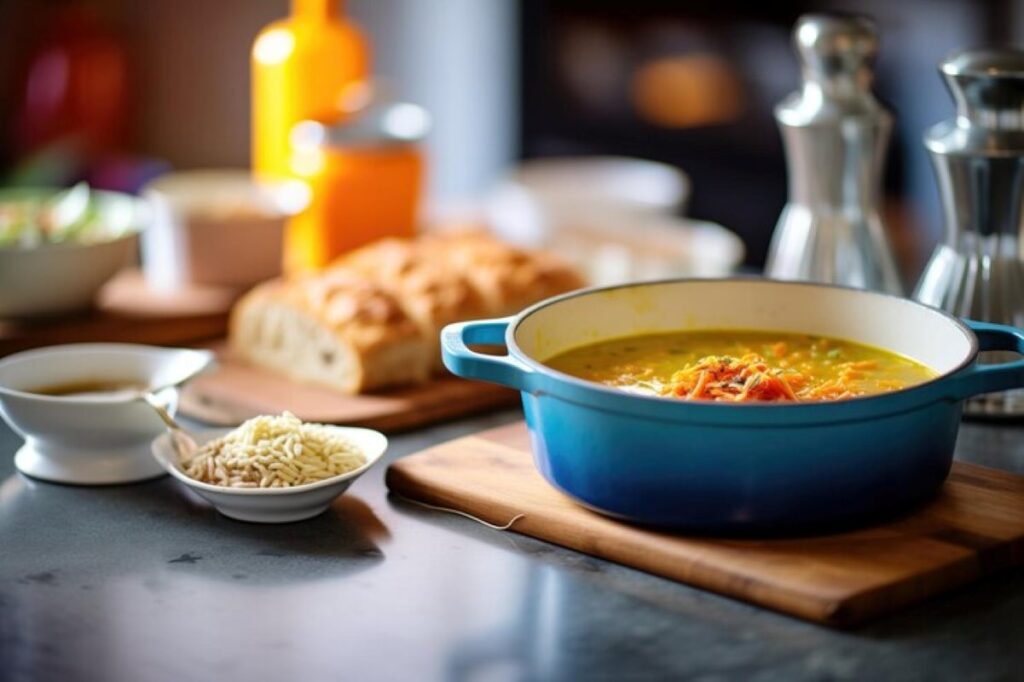
Foods That Enjoy Flavor Maturation With Time
- Gravies
- Soups
- Lasagna
- Curry
- Braises
- Chilli
- Rice and pasta
- Egg dishes
Foods That Experience Flavor Deterioration With Time
- Crispy fried foods
- Jelly
- Fresh salad
- Dishes with mayonnaise or cream-based sauces
- Highly fatty food
ALSO READ: Psychology Behind Cravings: Why You Always Want Chocolate
Storage and Reheating Tips for Best Flavor
Whatever section of the flavor viability list your dish falls on, you can significantly control chemical changes in leftovers. This often involves following tailored storage and reheating tips for the said dish. Some of the tips are discussed below:

- Be selective with microwaving
Avoid microwaving all foods, not because this method of reheating leftovers is bad or unhealthy. However, microwaving often causes food to lose moisture and, by implication, texture. So, microwaving is only advisable for leftovers with high moisture content, e.g. gravies and sauces.
- Avoid overly high reheating temperatures
Reheating science tells us that flavor compounds are often volatile and disintegrate or evaporate during heating. So, the USDA recommends capping the reheating temperature of leftovers at 165°F (74°C).
- Ensure rapid cooling if you intend to store cooked food
Rapid cooling helps preserve more flavor compounds. So, proper food handling before storage will preserve or even improve flavor during the rest period.
- Refrigerate with proper containers
It is one thing to store your food at low temperatures and another to do it to preserve and improve flavor. Avoid leaving foods with strong flavors in open containers during cold storage. Instead, use air-tight containers to avoid microbial contamination or ingress of flavor.
- Add timestamps to food storage containers
It is always safe to know how long your leftovers have been in storage. Even if it looks alright, discarding leftovers that have lingered for so long may be the wise thing to do.
- Introduce fresh sauces to leftover dishes
Loss of flavor may be unavoidable in some dishes, irrespective of the listed precautions. In such instances, augmenting your leftovers by mixing them with fresh ones should improve the flavor considerably.
Now that we have considered why leftovers taste better scientifically, managing the flavor profile of stored foods should no longer be a challenge. Also, by now, you must have realized that letting some Thanksgiving dishes rest overnight is a veritable flavor strategy. So, enjoy your leftovers and feel free to experiment blending them with fresh dishes. The outcome will take your palate on a culinary adventure.






